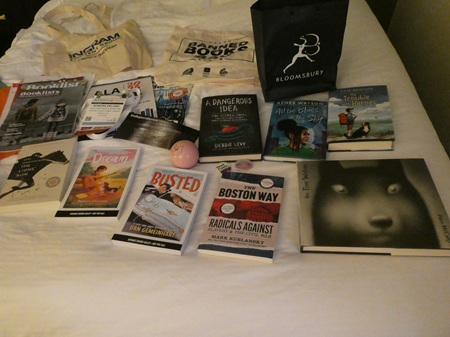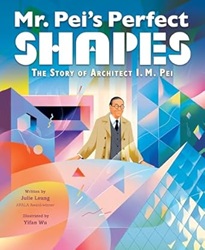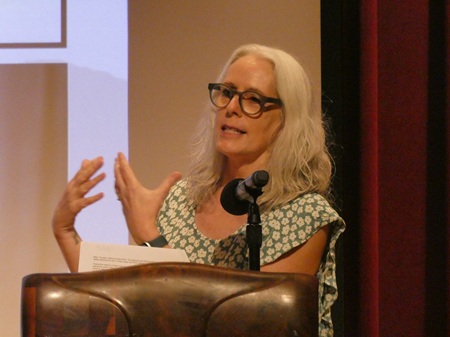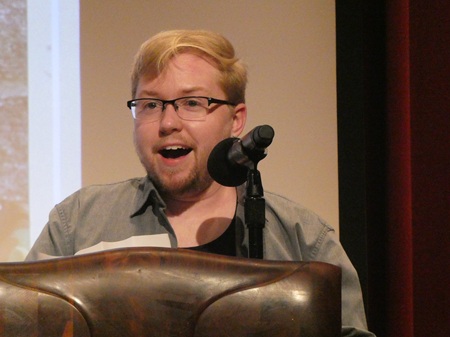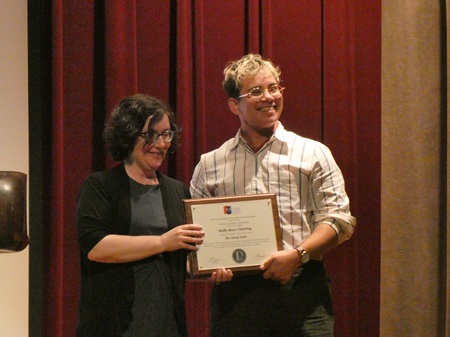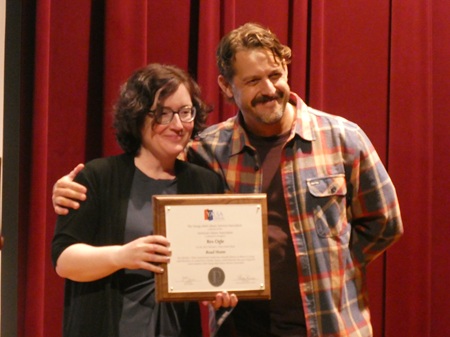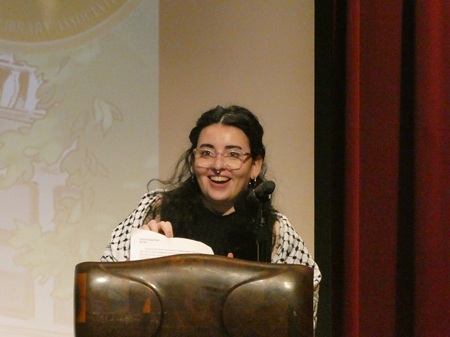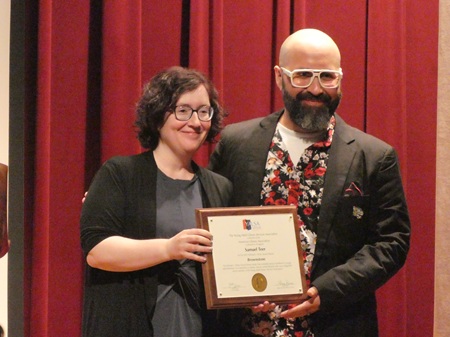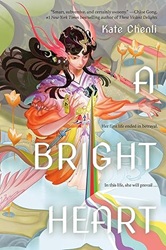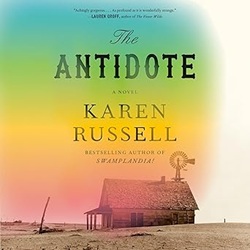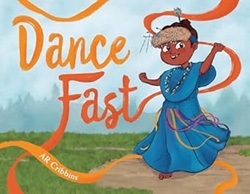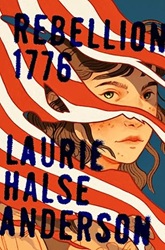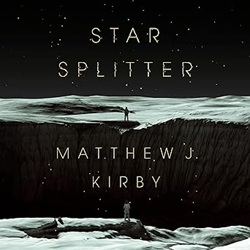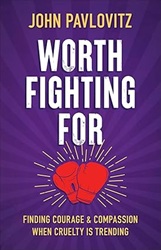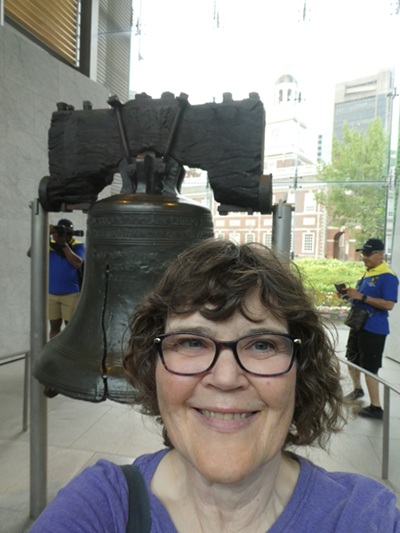
The American Library Association Annual Conference this year was in Philadelphia, not too far away, so my library system paid for some of us to attend.
I drove up the day before. It took longer than Google maps said it would, so I didn’t have time to register, but there was plenty of time on Friday. My hotel was right near Independence Hall, so first I visited Independence Hall and the Liberty Bell. I hadn’t visited either one since 1991, when my family lived across the river in Burlington County, New Jersey.

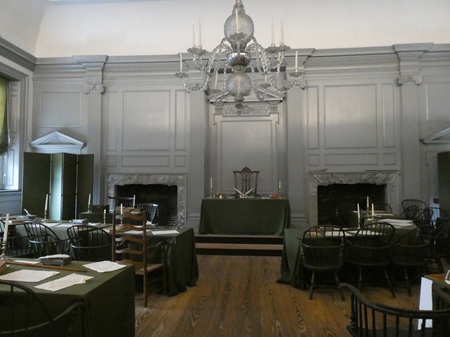
Then I walked to the Convention Center (about a mile) and got registered. There was one session happening for a general library audience without needing a ticket or invitation – but the room was packed by the time I got there, so I made my way a little early to the Bloomsbury Tea at the Marriott.
At the tea, I was delighted to find Kim, who’d been the chair of the Morris Award Committee I was on last year. Sandy, our administrative assistant, was also there, but she was seated at a different table. It makes me happy to see Library Friends at conferences and that I’ve made many such friends over the years.
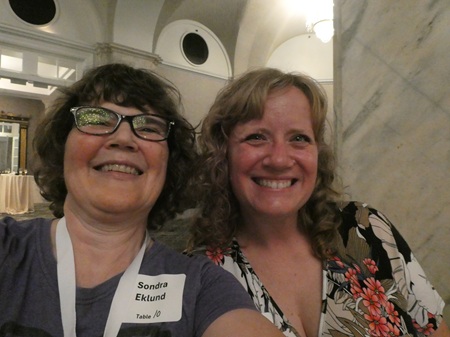
Besides elegant food and tea, three stellar authors spoke at the tea. First up was Debbie Levy, author of A Dangerous Idea: The Scopes Trial, the Original Fight over Science in Schools.
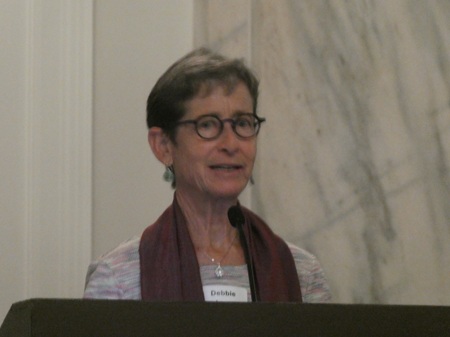
She said that the story of that trial was an irresistible story because of how badly adults will behave when they want to keep teens in the dark.
She found that the characters involved were full of nuance, all trying to do what is right from their perspective. But the world is rarely black and white.
They used the same techniques as book banners use today, telling false narratives about those who were presenting Darwin’s work.
It was about the rejection of facts because they make people uncomfortable.
It has reverberations today. Those who are misinformed mean well. You *can* reach people with words.
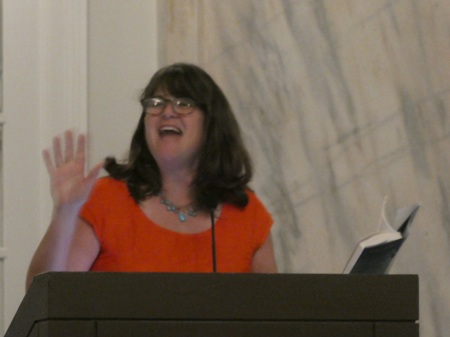
Next up was Kate Messner, whose new book is The Trouble with Heroes.
The book is about an angry middle school student grieving his father. And the day it came out, her own father went into the ICU.
Parts of the book are sad, and parts are funny, because grief is like that.
Written for readers who aren’t sure they’re readers. In verse to have that comforting white space.
When her Dad died, she leaned on the words.
Sometimes people seem like sort of a mess, when really they’re doing their best. Books are lifelines.
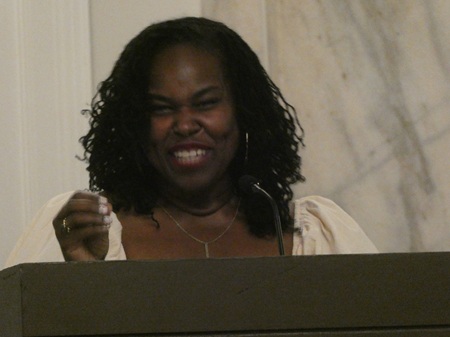
Then came Renée Watson, whose new book is All the Blues in the Sky.
We all bring our stories with us – our joys and our sorrows.
She’s not writing books to escape, but books to help cope. Her books are the hug a child needs.
Her character wants to be a pilot and is dealing with loss. The sky has layers.
Grief is like hunger – we eat today, but we’ll still have hunger we need to satisfy. That’s the story of living – living with wounds and living to be healed.
Our young people are experiencing sadness. I hope we do right by them and give them books that help them feel it all.
After they spoke, attendees had a chance to have all three authors sign our copies of their books we’d been given. And after hearing the speeches, I’m super eager to read them!
After the Bloomsbury Tea, I went back to the hotel to get my wheeled bag. (I have a doctor’s note. 14 years ago, I had a vertebral artery dissection that caused a stroke, and it’s not good for me to carry heavy things. My neck was hurting by the end of the day – so I’m glad I decided to go with wheels.)
I was back in time for the opening session with Governor Whitmer. I honestly didn’t realize her interviewer was Emma McNamara from Capitol Choices – a local group of librarians I’m part of – until I saw the pictures later! (I was sitting way in back.)
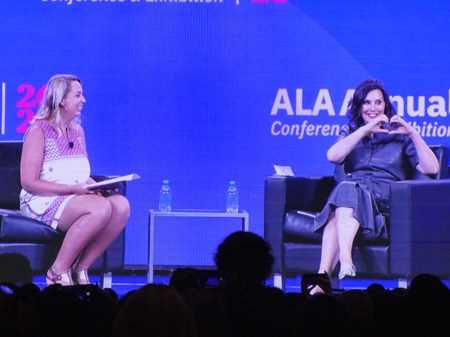
Honestly, Governor Whitmer’s talk was on the fluffy side. She said that she read To Kill a Mockingbird many times as a kid and it helped her find her passion in life for public service.
Her book – which now has a YA edition with resources added – is about how she got through hard things. She was assaulted in college, and that gave her a mission to give survivors tools and encouragement – though it took her 25 years to find her voice.
Be curious, not judgmental. Learn one another’s stories.
She keeps a gratitude journal, even on the hardest days. Violence is the antithesis of what democracy is supposed to be. Humor is a good way to deal with a bully – take their weapon and make it your shield.

After the Opening Session, I spent time in the exhibits – first making sure to get a signed Advance Reader Copy of Sara Pennypacker’s new book, The Lions’ Run. Other than that, I showed a lot of restraint! Now that advance reader copies get mailed to my office, it’s easier to resist free books.
After the exhibits, I headed to the Philadelphia Free Library for the Printz Awards. That will get a post of its own, but here’s a picture of my goodies from the first day. Again, I feel I showed great restraint!
